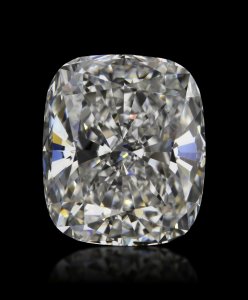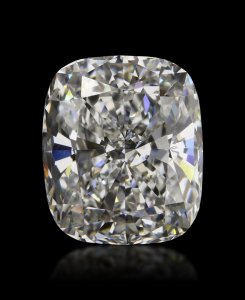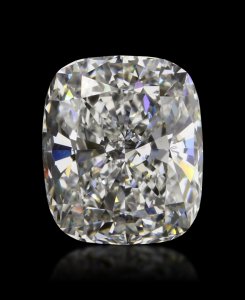drk14
Brilliant_Rock
- Joined
- Jun 25, 2014
- Messages
- 1,061
Hi,
Yes. see results of multifocus for sappfire
@Serg , thanks for taking the time to respond to my question, and for the interesting links.
The sapphire example brings what appears to be real facets into focus in a single image, and the feldspar example brings real inclusions(?) at different focal depths into focus in a single image.
What I'm curious about is whether this technique can be be used to bring virtual facets from disparate focal planes into focus in the same image, especially for cases in which the pathlength is long compared to the physical depth of the stone?






300x240.png)